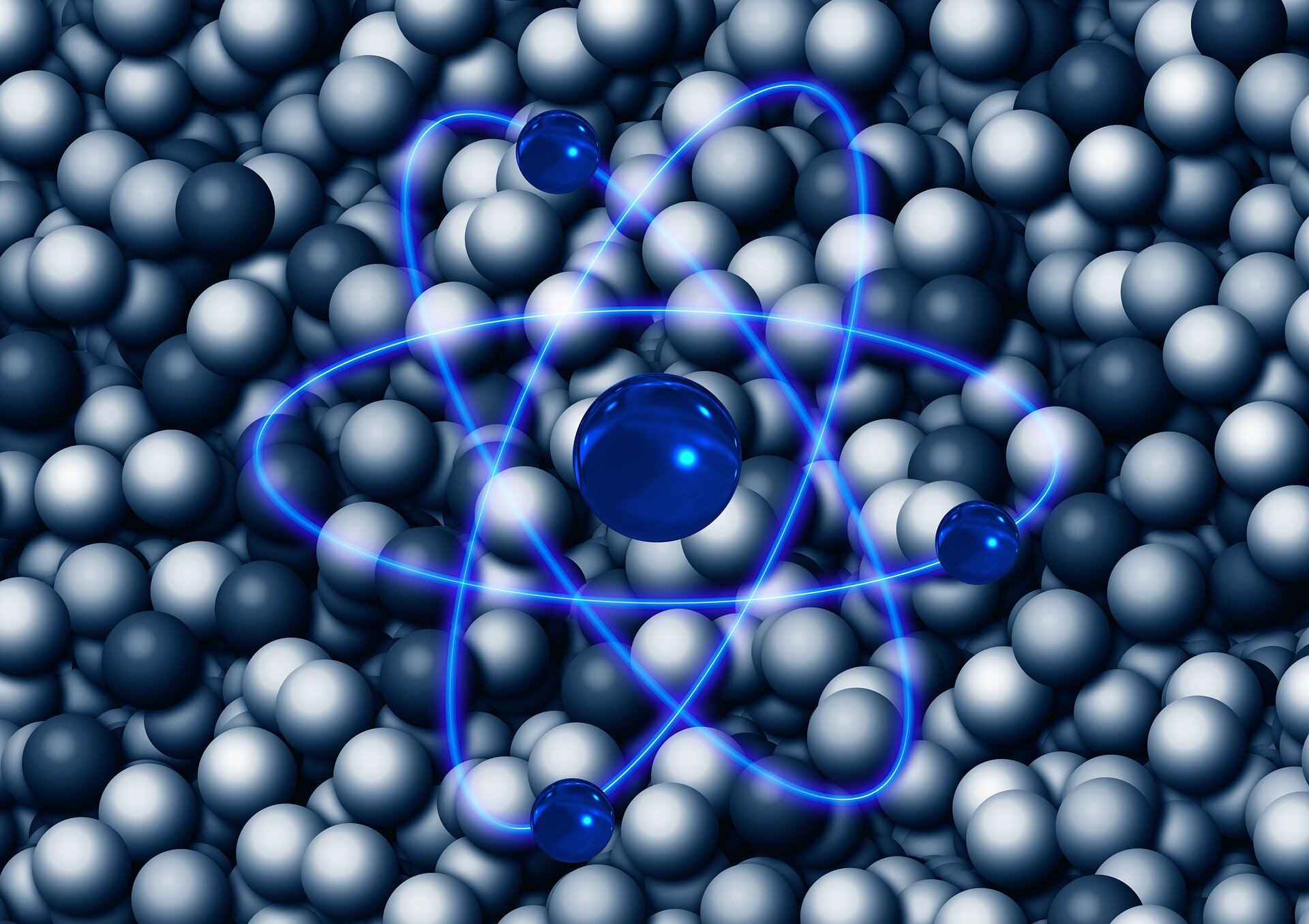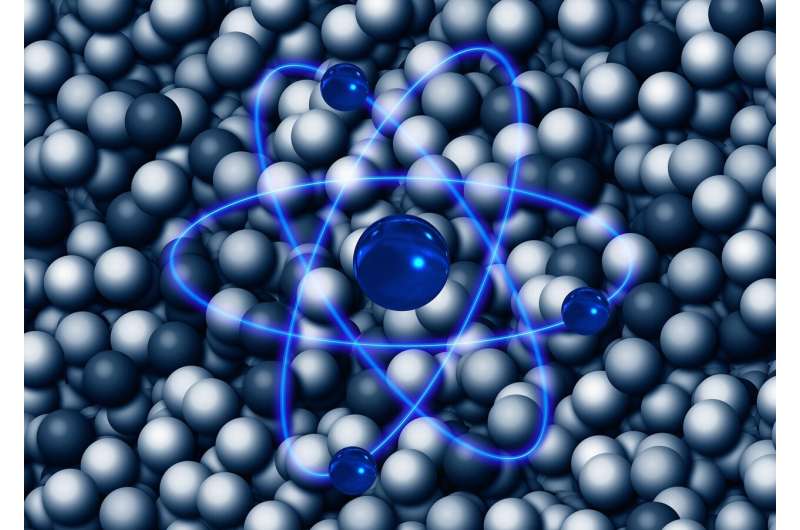

A research team from the Institute of Modern Physics (IMP) of the Chinese Academy of Sciences (CAS), together with their collaborators from Sichuan University and Chinese Institute of Atomic Energy, has recently developed a high-efficiency low-background neutron detector array, which is essential for the precise cross-section measurement of the 13C(α,n)16O reaction at stellar energies in China JinPing underground Laboratory (CJPL).
The study was published in Nuclear Science and Techniques.
Slow neutron capture process (s-process) and intermediate process (i-process) are important processes for the formation and evolution of the elements. Nearly half of the elements heavier than iron are synthesized in s-process.
13C(α,n)16O is the dominant neutron source of the s- and i-processes. The cross section of this reaction is extremely low at stellar energies (~10-14 Barn), which brings large errors of the measurements and makes it difficult to constrain the theoretical extrapolation.
To precisely measure the cross section of the 13C(α,n)16O reaction, the researchers designed a detector array comprising 24 3He proportional counters. The counters were embedded in a polyethylene cube, which was shielded with 7% borated polyethylene layer.
Then they carried out the underground and ground measurements of the background of the detector array, respectively. The neutron background measured at CJPL was as low as 4.5 counts/h, 265 times lower than the result of the ground measurement.
The researchers also determined the detection efficiency of the array for neutrons in the range of 0.1 MeV to 4.5 MeV, which was carried out with the 3 MV tandem accelerator at Sichuan University and Monte Carlo simulations.
Based on this research, further studies, including direct cross-section measurements of the key neutron source reactions in stars, could be conducted in the near future, helping scientists to probe formation and evolution of the elements in the universe.
Researchers update measurement ratios key for inertial confinement fusion experiments
Yu-Tian Li et al, Development of a low-background neutron detector array, Nuclear Science and Techniques (2022). DOI: 10.1007/s41365-022-01030-0
Chinese Academy of Sciences
Citation:
Researchers develop a low-background neutron detector array (2022, June 22)
retrieved 23 June 2022
from https://phys.org/news/2022-06-low-background-neutron-detector-array.html
This document is subject to copyright. Apart from any fair dealing for the purpose of private study or research, no
part may be reproduced without the written permission. The content is provided for information purposes only.
